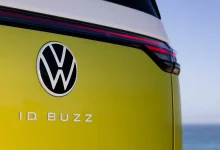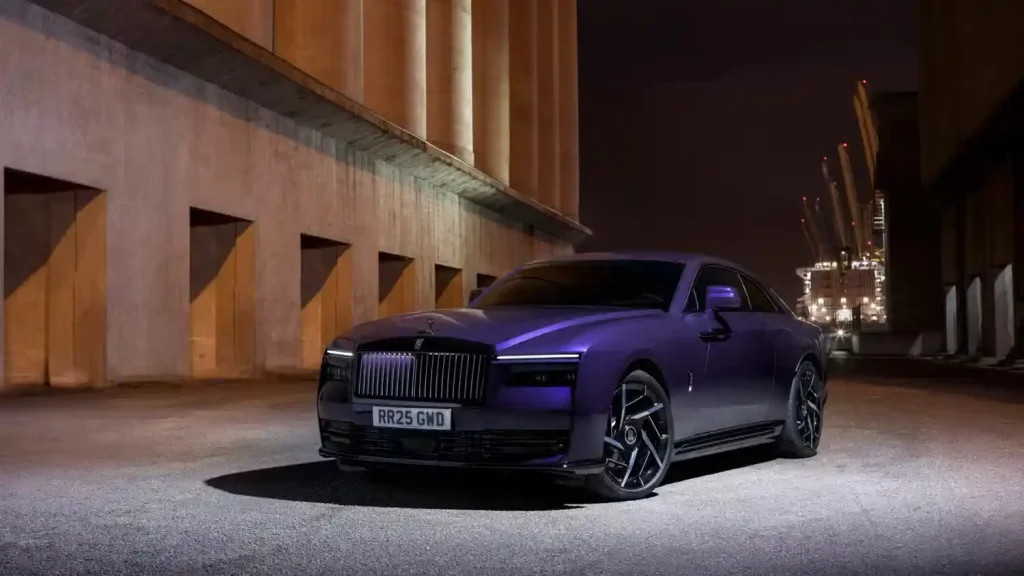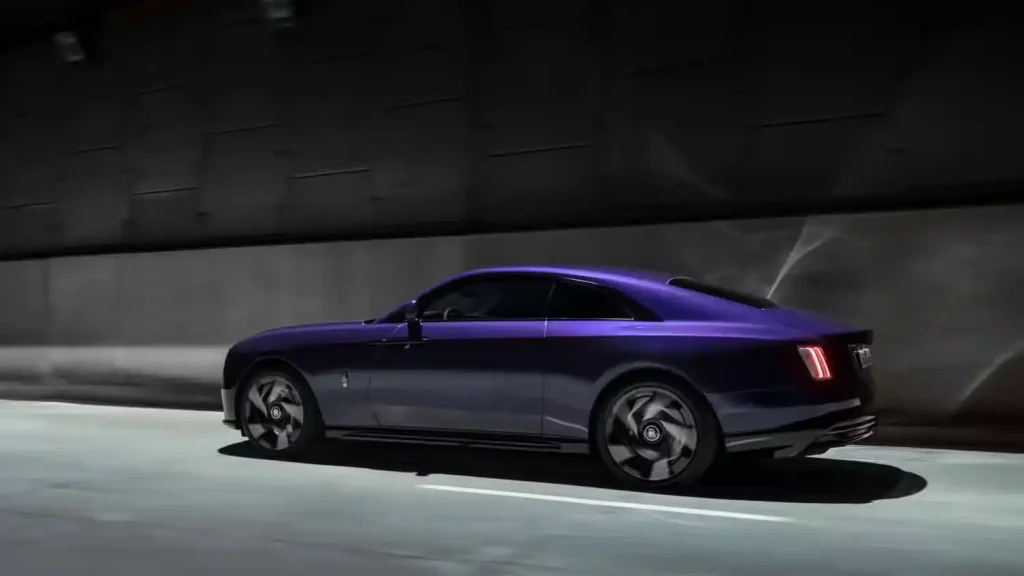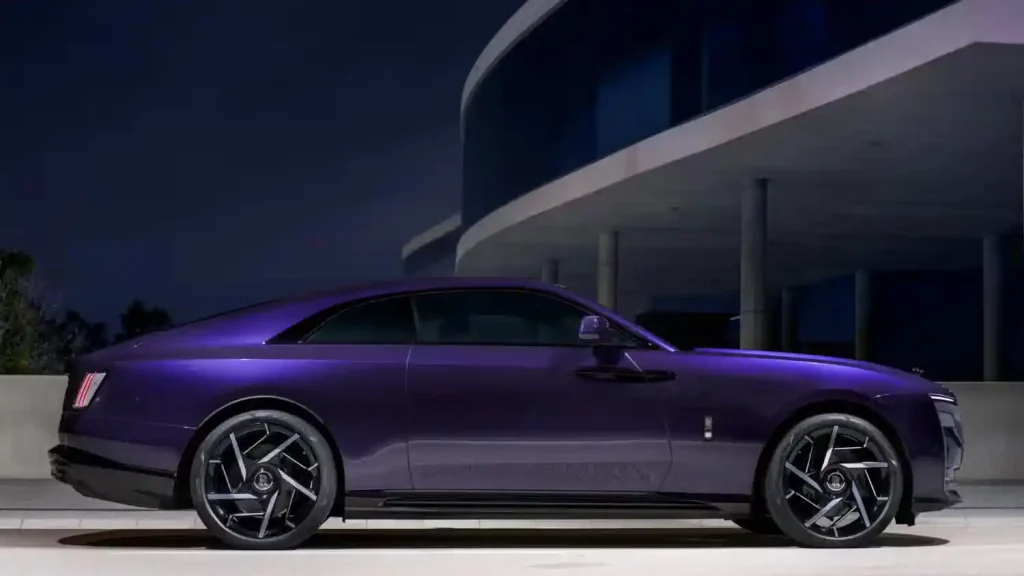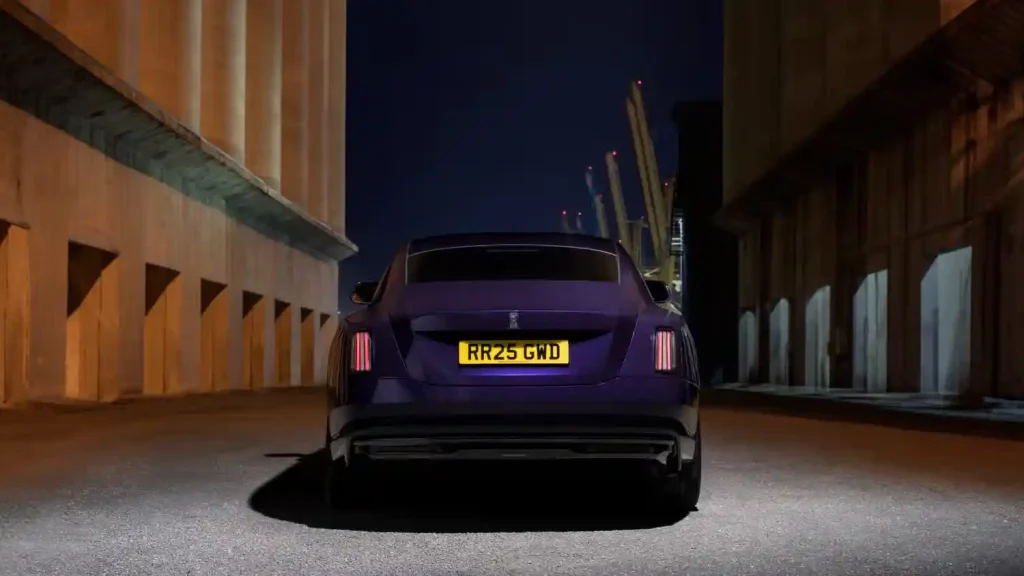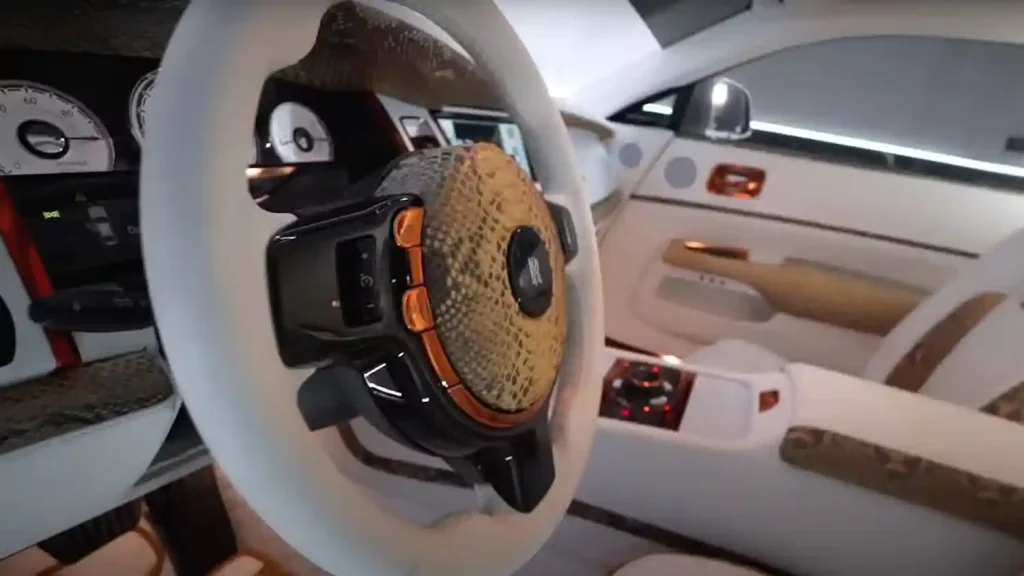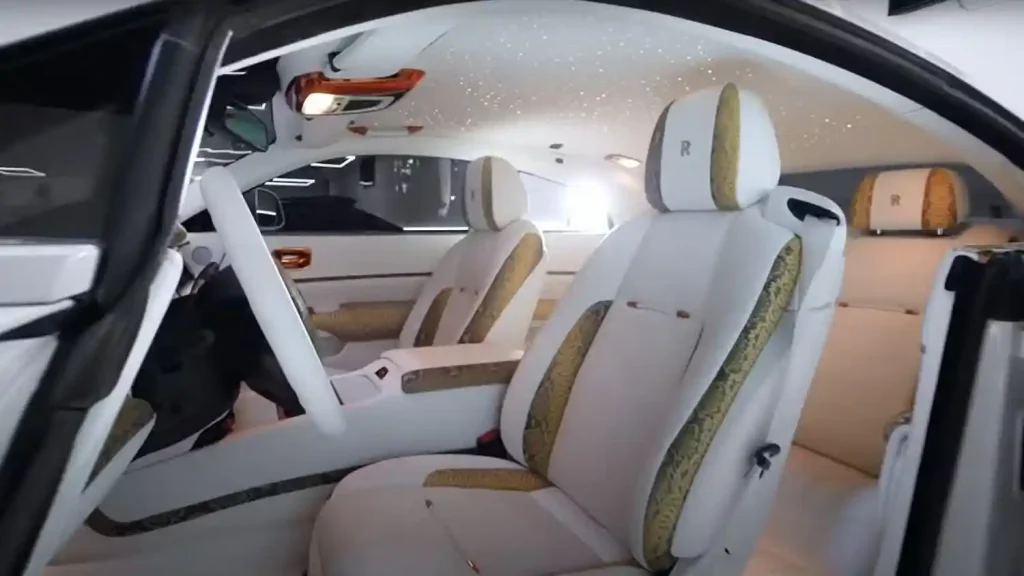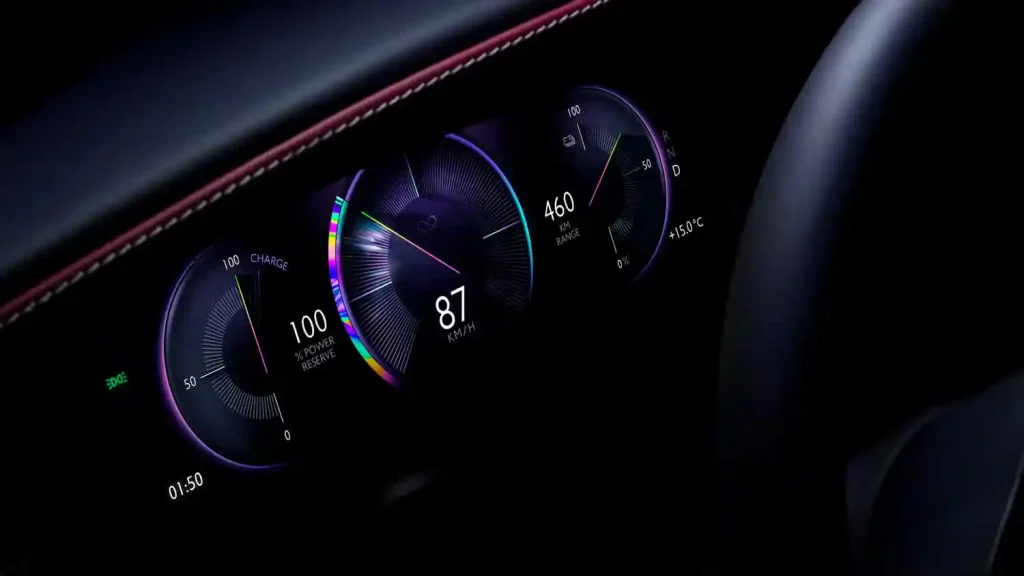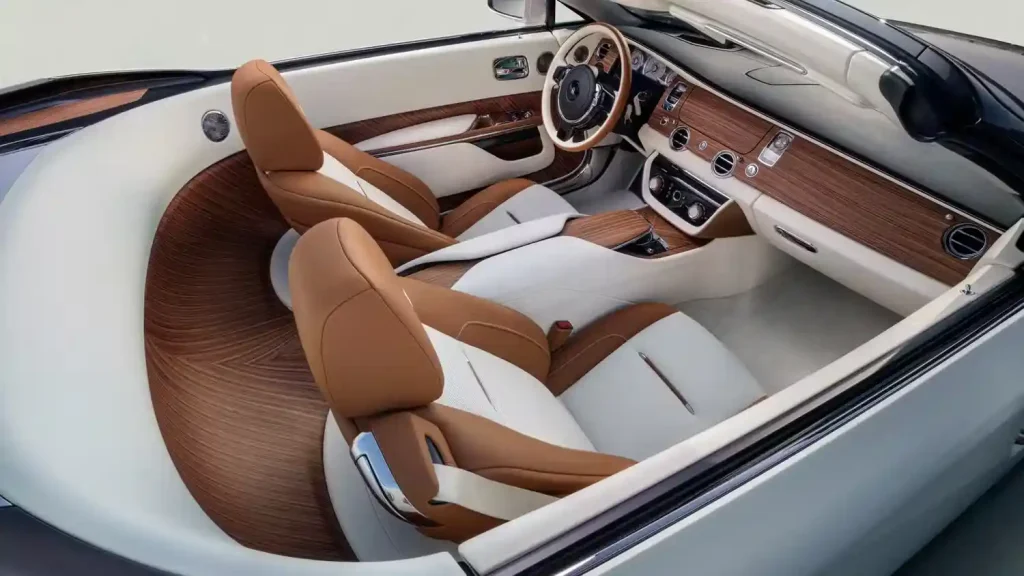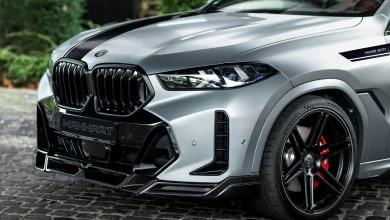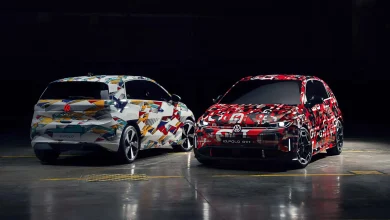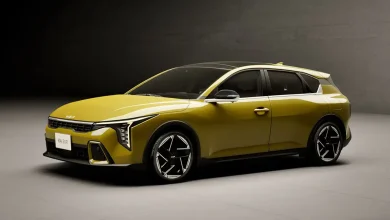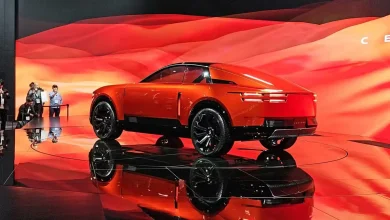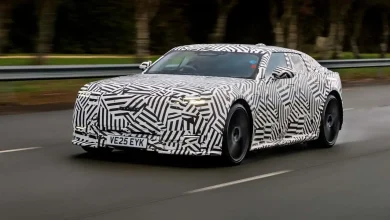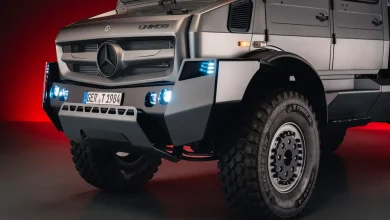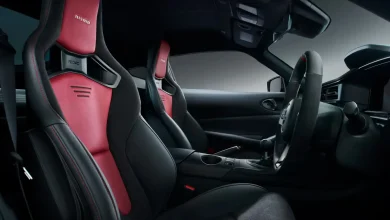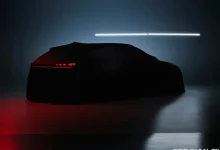Rolls-Royce Boss Shares Why They’re Shunning the Screen Explosion
While many automakers are ditching physical buttons in favor of digital touchscreens, Rolls-Royce is taking a different approach—and here’s why.
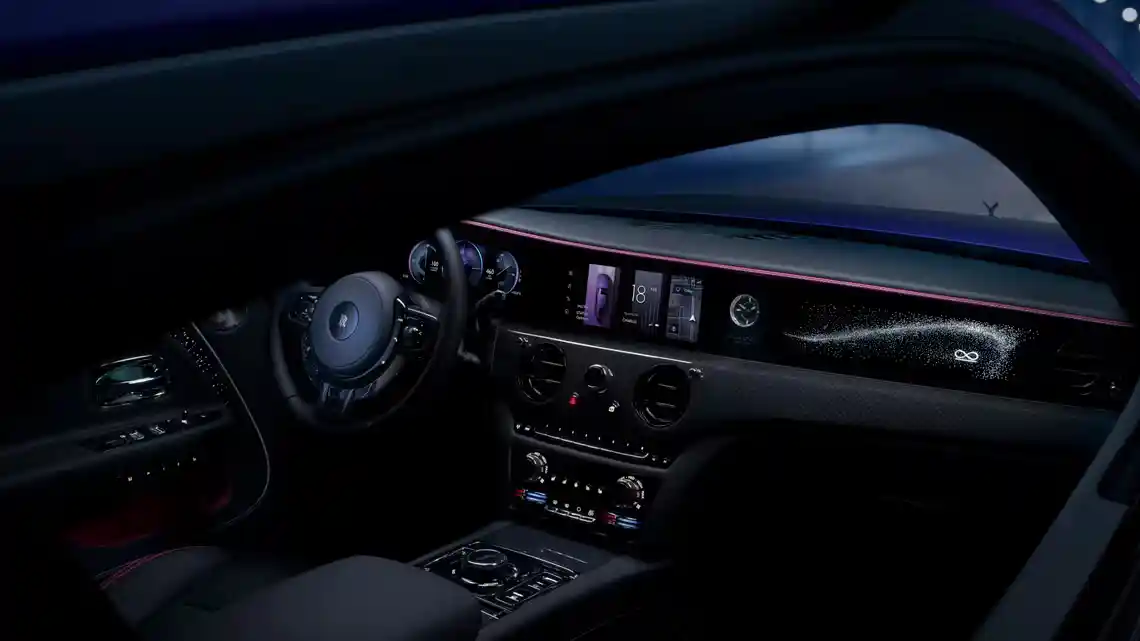
Swapping physical buttons for expansive touchscreens has become a dominant trend in the automotive world, especially among luxury brands. Mercedes-Benz was one of the early pioneers, introducing its MBUX interface—a sleek, glass-covered cockpit that stretches across the entire dashboard. Despite criticism from some drivers who miss traditional controls, the shift toward digital interfaces continues. Take the updated 2025 Cadillac Escalade, for example: it now boasts a full-width display up top and a secondary touchscreen positioned lower down to manage everyday functions like headlights and climate control.
However, not every automaker is embracing the buttonless future. Step inside a modern Rolls-Royce, and you’ll still find an array of analog switches and tactile controls alongside its digital displays. This isn’t a matter of legacy design waiting to be updated, either. The brand’s first fully electric vehicle, the Spectre—launched in late 2023—features a central stack filled with physical buttons and knobs. In a recent interview, Rolls-Royce North America President Jon Colbeth shed light on the decision, explaining why the iconic luxury marque is resisting the industry’s shift toward fully digital interfaces.
Rolls-Royce Clients Love Buttons and Knobs
“Our clients love being able to touch the knobs and interact with them,” Rolls-Royce North America President Jon Colbeth told ABC News. “They love when the vents get humidity on them from the AC. Our cars will advance from a technical perspective internally. But once you become too futuristic—and this trend with big screens—it takes away from the client experience a little bit. I would doubt we would see that trend anytime soon.”
Colbeth emphasized that while Rolls-Royce embraces innovation beneath the surface, maintaining a sense of tactile engagement is key to the brand’s identity. For their clientele, physical controls aren’t outdated—they’re part of the luxury.
Rolls-Royce isn’t alone in rejecting the oversized screen trend sweeping through the automotive world. When Bugatti unveiled the Tourbillon in 2024, it showcased a breathtaking interior completely free of visible digital displays. Instead, a finely crafted instrument cluster—resembling a Swiss timepiece—sits atop the steering column, while a discreet screen rises from the dashboard only when absolutely necessary.
Bugatti made its position clear, openly criticizing the obsession with massive touchscreens and digital cockpits, predicting the look would quickly become dated. Rolls-Royce appears to share that philosophy, favoring timeless luxury and tactile engagement over fleeting tech trends.
Buttons Are Favored Across All Price Points
You don’t have to be among the ultra-wealthy to enjoy the benefits of physical controls. Brands like Hyundai are firmly committed to keeping traditional buttons and knobs in their vehicles, while Volkswagen has backed away from haptic touch controls in favor of more intuitive manual switchgear.
Consumer research supports this move. Studies from organizations like J.D. Power consistently show that customer satisfaction drops when vehicles rely too heavily on touchscreen interfaces. There are also growing safety concerns, as screen-based controls often force drivers to divert their eyes from the road. In fact, starting in 2026, the European New Car Assessment Programme (Euro NCAP) will begin penalizing vehicles that use touchscreens for critical and frequently used features, reinforcing the case for keeping physical buttons within reach.
Earlier this year, Rolls-Royce introduced the Spectre Black Badge, a high-performance version of its all-electric coupe. With 659 horsepower and a massive 792 lb-ft of torque from its dual-motor setup, the Spectre Black Badge can sprint from 0 to 60 mph in a claimed 4.1 seconds. While it’s unlikely that drivers will be adjusting the air conditioning during a full-throttle launch, the presence of physical knobs ensures they can make quick, intuitive adjustments without diverting attention from the road—a key benefit in both spirited and everyday driving.


